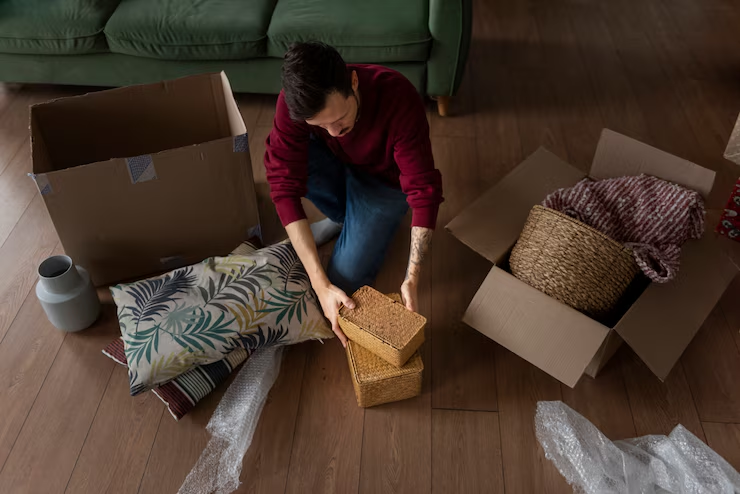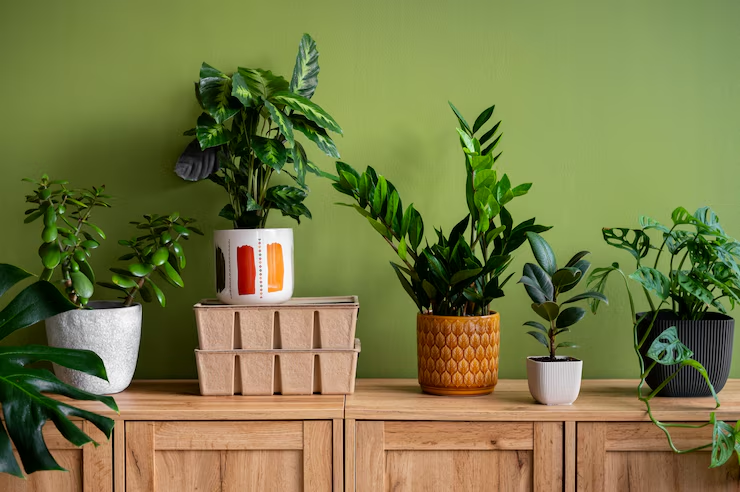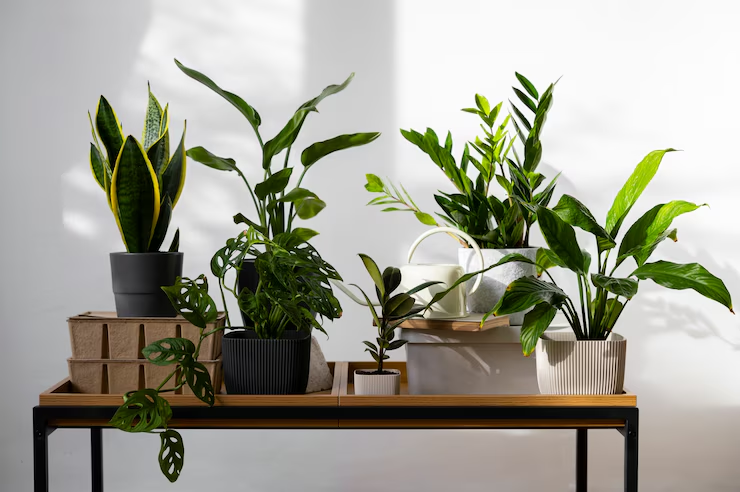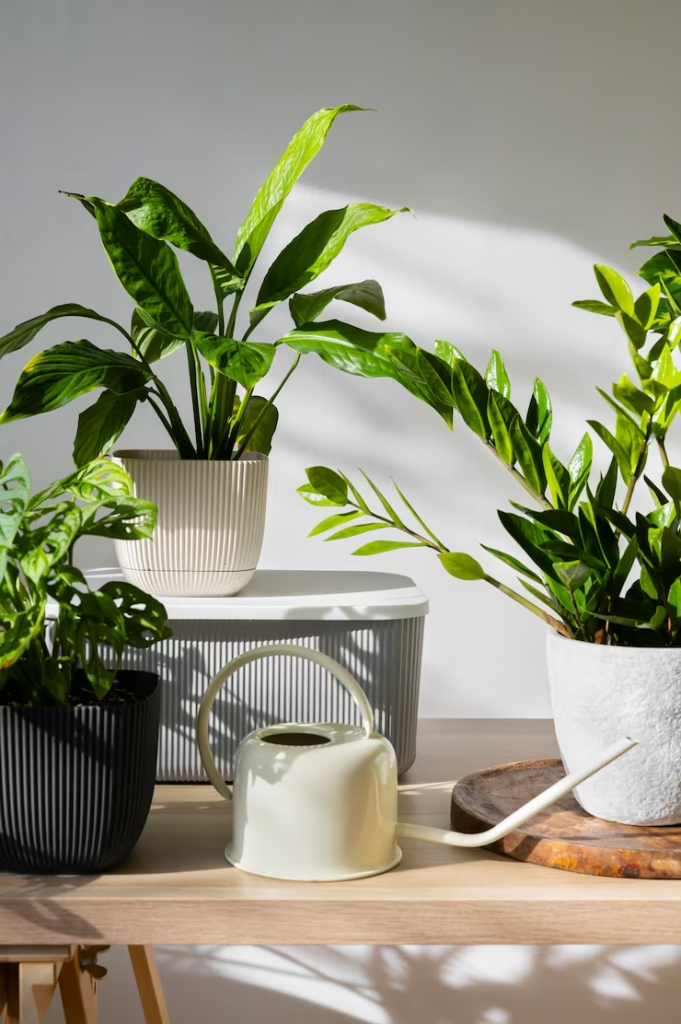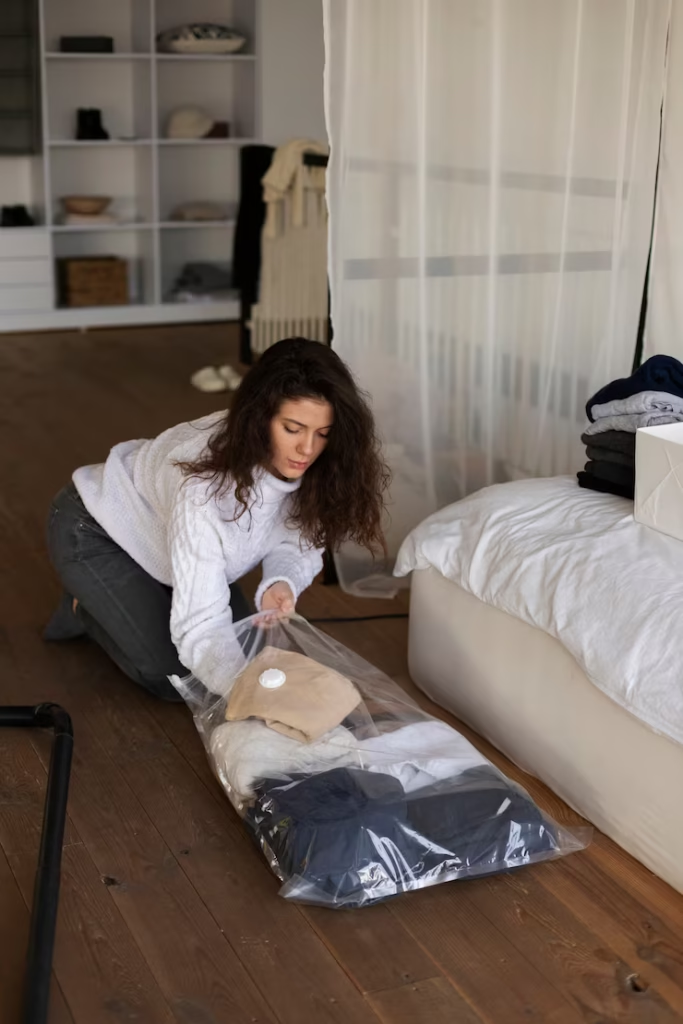Good sleep helps you feel better. You rest well. You wake up ready for the day. If you struggle to sleep, you are not alone. Many people look for natural remedies for improving sleep quality. This guide shows simple, safe ways to sleep better.
Why You Need Better Sleep
Sleep affects how you feel. It affects your mood. It helps your brain work. It keeps your body healthy. Poor sleep can cause stress and low energy. It can hurt your focus. You might gain weight or feel sick more often. You need to fix sleep issues. Natural remedies for improving sleep quality can help.
1. Set a Sleep Routine
A sleep routine trains your body. Go to bed at the same time each night. Wake up at the same time each morning. Even on weekends. Your body learns when to feel sleepy. And when to wake up. This method works well. It is free. It takes just a bit of effort.
- Choose a bedtime that gives you 7 to 9 hours of sleep.
- Turn off screens 30 minutes before bed.
- Read a book or listen to calm music.
- Keep your bedroom dark and quiet.
2. Use Calming Herbs
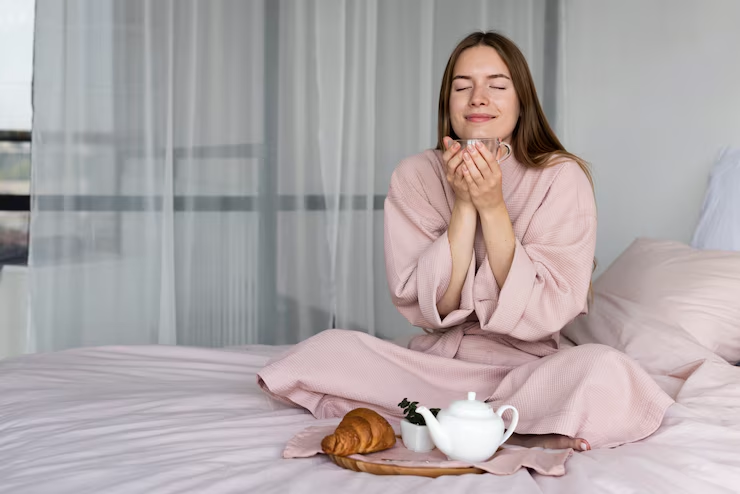
Source: freepik
Herbs can help you relax. You can drink them as tea or take them as capsules. Here are some top picks:
Chamomile
Chamomile tea soothes the mind. It has mild effects. It can help you fall asleep faster. It may improve sleep quality. Try one cup 30 minutes before bed.
Lavender
Lavender oil works well. Put a few drops on your pillow. Or use a diffuser. The scent can calm your mind. It can ease you into sleep.
Valerian Root
Valerian root can cut the time it takes to fall asleep. It may boost deep sleep. Start with a low dose. See how your body reacts.
3. Practice Deep Breathing
Deep breathing calms your nervous system. It lowers stress. It tells your body to relax. You can do it in bed.
- Lie on your back.
- Place one hand on your chest. Place the other on your belly.
- Breathe in through your nose. Let your belly rise.
- Breathe out through your mouth. Let your belly fall.
- Repeat for 5 minutes.
This method works fast. You can use it anytime you feel tense.
4. Try Gentle Stretching
Light stretches before bed can ease muscle tension. They can help you feel more relaxed. Here are simple moves:
- Neck stretch: Tilt your head to one side. Hold for 10 seconds. Switch sides.
- Shoulder roll: Roll shoulders forward 5 times. Then roll back 5 times.
- Hamstring stretch: Sit on the floor. Extend one leg. Reach toward your toes. Hold 10 seconds. Switch legs.
Do each move slowly. Breathe deeply. This can lower stress and help you sleep.
5. Limit Caffeine and Sugar
Caffeine can stay in your body for hours. It can block sleep signals. Avoid coffee, soda, and energy drinks after 2 p.m. Sugar can spike your energy. Then crash. This can wake you at night. Eat light, balanced snacks in the evening. Try nuts or fruit.
6. Use White Noise or Soft Music

Source: freepik
Background noise can mask sudden sounds. This helps you stay asleep. You can use:
- A white noise machine.
- A fan.
- A phone app with rain or ocean sounds.
- Soft, slow music.
- Pick a volume that feels safe. Not too loud. Not too quiet.
7. Try Mindful Meditation
Mindful meditation clears your mind. It can ease worries. This helps you fall asleep. You can do a simple practice:
- Sit or lie down.
- Close your eyes.
- Focus on your breath.
- Notice thoughts. Let them pass.
- Return your focus to breathing.
Do this for 5 to 10 minutes. You can also use guided meditations on apps.
8. Adjust Your Diet
What you eat can affect your sleep. Some foods help you relax:
- Almonds: They contain magnesium. This can help you sleep.
- Kiwi: It has antioxidants. It may boost sleep quality.
- Warm milk: It has tryptophan. This can help you feel sleepy.
Eat these foods an hour before bed. Avoid heavy or spicy meals late at night.
9. Get Daylight Exposure
Natural light helps set your sleep clock. Spend time outside in the morning. Or sit by a bright window. Aim for at least 20 minutes of daylight. This tells your body when to be awake. It can help you sleep at night.
10. Exercise Regularly
Exercise can boost sleep quality. It helps you fall asleep faster. It can increase deep sleep. Aim for 30 minutes a day. You can walk, run, or do yoga. But avoid intense workouts right before bed. Try to finish exercise at least 2 hours before bedtime.
11. Create a Restful Bedroom
Your bedroom should invite rest. Here is how:
- Keep it cool, around 65°F (18°C).
- Use dark curtains or a sleep mask.
- Remove bright lights and clutter.
- Use a comfy mattress and pillows.
- Reserve the bed for sleep and rest only.
A calm space tells your mind that it is time to sleep.
Final Thoughts
Good sleep matters. It helps your body and mind. Natural remedies can guide you to better rest. They can be safe and low cost. You just need a plan. Use the tips here. Be patient and consistent. Your sleep quality can improve. You can feel more rested each day.







